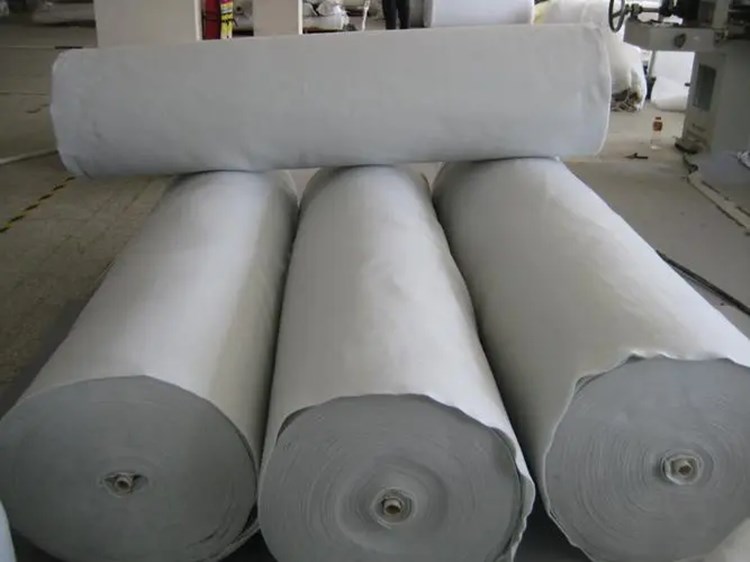
Privacy statement: Your privacy is very important to Us. Our company promises not to disclose your personal information to any external company with out your explicit permission.

Overview
Nonwoven geotextile is a type of engineered textile material that is specifically designed for use in geotechnical and civil engineering applications. Geotextiles are used to improve the performance of soil and other geotechnical materials in various construction, drainage, erosion control, and filtration projects. Nonwoven geotextiles are made from synthetic fibers that are mechanically bonded together to form a fabric with specific properties suited to their intended applications.
Key characteristics and applications of nonwoven geotextiles include:
Material Composition: Nonwoven geotextiles are typically composed of synthetic fibers such as polyester, polypropylene, or a combination of both. These fibers are randomly arranged and mechanically bonded through processes like needle punching, heat bonding, or spunbonding.
Porosity and Permeability: Nonwoven geotextiles are designed to have controlled levels of porosity, allowing water to pass through the fabric. This permeability facilitates drainage, filtration, and soil stabilization, preventing the buildup of excess water that could lead to erosion, subsidence, or other issues.
Separation and Stabilization: One of the primary functions of nonwoven geotextiles is to separate different layers of soil and aggregate materials. By acting as a barrier, the geotextile prevents the mixing of fine and coarse particles, maintaining the integrity of each layer. This separation also helps prevent the contamination of drainage systems.
Filtration: Nonwoven geotextiles serve as effective filters, allowing water to flow through while retaining soil particles. This prevents clogging of drainage systems and provides erosion control by reducing water-induced soil displacement.
Erosion Control: Nonwoven geotextiles are commonly used in erosion control applications to stabilize slopes, embankments, and shorelines. The fabric helps prevent soil erosion by stabilizing soil particles, slowing down water flow, and providing a barrier against surface runoff.
Road Construction: Nonwoven geotextiles are used in road construction to enhance the performance and longevity of roads, railways, and other transportation infrastructure. They can be placed beneath road surfaces to provide separation, filtration, and reinforcement, thereby reducing the potential for rutting and pavement cracking.
Drainage Systems: These geotextiles are used to facilitate efficient drainage systems by allowing water to flow while preventing soil migration. They are often employed in applications like retaining walls, drainage trenches, and subsurface drainage systems.
Landfills: Nonwoven geotextiles are used in landfill engineering to protect the lining system from punctures caused by sharp waste materials. They help distribute loads, prevent leakage, and improve the overall stability of the landfill structure.
Environmental Protection: In environmental applications, nonwoven geotextiles are used to prevent soil erosion and promote vegetation growth in areas prone to erosion. They help establish stable environments for plants and ecosystems.
Author:
Mr. Maple.Zhao - Africa Market Director
Phone/WhatsApp:
November 16, 2024
August 21, 2023
August 21, 2023
October 08, 2024
December 14, 2023
August 21, 2023
August 21, 2023
이 업체에게 이메일로 보내기
Author:
Mr. Maple.Zhao - Africa Market Director
Phone/WhatsApp:
November 16, 2024
August 21, 2023
August 21, 2023
October 08, 2024
December 14, 2023
August 21, 2023
August 21, 2023

Privacy statement: Your privacy is very important to Us. Our company promises not to disclose your personal information to any external company with out your explicit permission.

Fill in more information so that we can get in touch with you faster
Privacy statement: Your privacy is very important to Us. Our company promises not to disclose your personal information to any external company with out your explicit permission.